
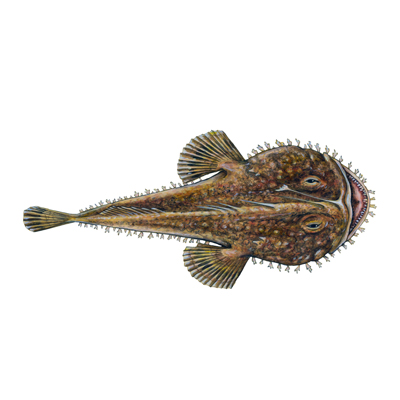
Lophius piscatorius. Despite being a terrifying looking creature monkfish (or anglerfish as they are known) are beloved by chefs for their meaty white flesh that is highly versatile. The value of this fish is ever increasing. Monkfish are predatory fish whose strategy is to lie in wait on the seabed, whilst a modified dorsal fin-ray equipped with a worm-like lure attracts smaller fish. The monkfish is able to leap into action, and with its incredibly wide toothy mouth can engulf its prey easily in one gulp.
There are two species of monkfish landed to Cornish ports, the white monkfish Lophius piscatorius and the black bellied monkfish Lophius budegassa. Stocks of white monkfish are better studied and are healthy with stable landings and a reduced level of fishing in recent years. Less is known about black bellied monkfish. Monkfish are long lived and vulnerable to fishing effort but reduction in quotas and restrictions on deep water netting for monkfish have improved the sustainability of this stock. The use of acoustic pingers in all gill net fisheries outside the 6 mile limit have also reduced the problem of accidental by-catch of cetaceans. Cornwall’s fishing fleet is small scale in comparison to those of other parts of Europe. Cornish fishermen have cooperated fully with fisheries scientists in improving selectivity of gear, and carried out a major research project on Western anglerfish between 2003 and 2012 until government funding was pulled. There is an EU multiannual Management Plan for management of monkfish which prevents overfishing however the two species are managed together which is not ideal. A Fisheries Improvement Plan (FIP) has been set up by the industry with the aim of improving sustainabiliy of the Western and Channel Monkfish fishery. Best choice is net or demersal trawl caught monkfish landed by day boats to Cornish ports.
In 2021 a total of 1560 tonnes of monkfish (both species combined) were landed to Cornish ports with a value of £5.54 million (MMO data).
Updated July 2023
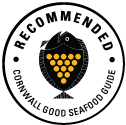
Cornwall areas VIIe- h
A large trawl held open by paravane trawl doors, the open net is then pulled along in contact with the seabed.
Learn more
Cornwall areas VIIe- h
Caught using monofilament tangle nets set on the seabed.
Learn more
Cornwall areas VIIe- h
Caught using heavy beam trawl nets that are dragged over the seabed.
Learn moreCornwall Good Seafood Guide rates fish on sustainability using a scale of 1 to 5.
1, 2 and 3 are recommended, Fish to avoid are rated 5.
We use the system devised by the Marine Conservation Society (MCS) so our scores are comparable with the scores produced by MCS for the UK and fisheries from all around the world. For more information on scoring click here.
Monkfish are a slow moving fish that wait on the seabed for its prey, small fish, which are lured to its huge mouth using a modified dorsal fin-ray as a lure. Two species of monkfish are caught by Cornish fishermen. The white monkfish Lophius piscatorius and the less common, black bellied monkfish Lophius budegassa. Monkfish are a long-lived species. Maximum reported age is 24 years. Females mature at 9-11 years at about 70 - 90cm, males at around 6 years at 50cms. Females can attain a length of 2m and a weight of 40kgs. Males rarely grow beyond 1m. Monkfish spawn between January and July, in deep water off the edge of the continental shelf, in water depths down to 1000m. They do not spawn in the areas most commonly fished by Cornish fishermen. Eggs are released in a buoyant, gelatinous ribbon or 'egg veil' that may measure more than 10m in length. Monkfish are also found in coastal waters, with the continental shelf of the Cornish coast being an important area for juveniles. The species vulnerability score is high (72% for L.piscatorius). (Cheung et all 2009, www.fishbase.org).
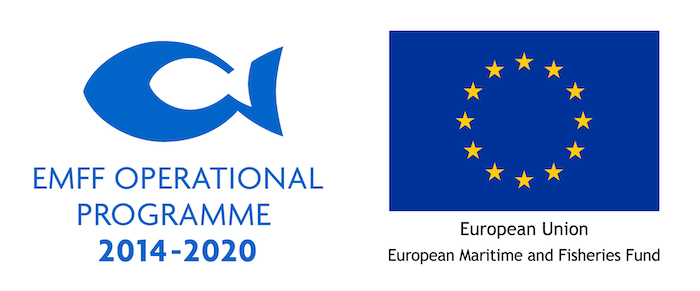
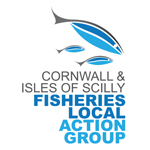
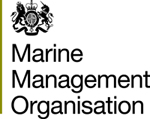



Cornwall Good Seafood Guide is underpinned by the Marine Conservation Society (MCS) Good Fish Guide. The first UK consumer guide to sustainable seafood. For more information visit www.fishonline.org
Cornwall Good Seafood Guide is here to help us all make sustainable seafood choices. Choices that will help us keep the oceans healthy and Cornish fishers' futures safe. This website is funded by Cornwall Wildlife Trust. If you would like to make a meaningful difference to the health of our oceans, please consider making a donation to the Cornwall Wildlife Trust Ocean Emergency fund. Your donation will help safeguard these remarkable environments, ensuring that they continue to thrive for generations to come. Together, we can be stewards of the seas and champions for a healthier, more sustainable future.